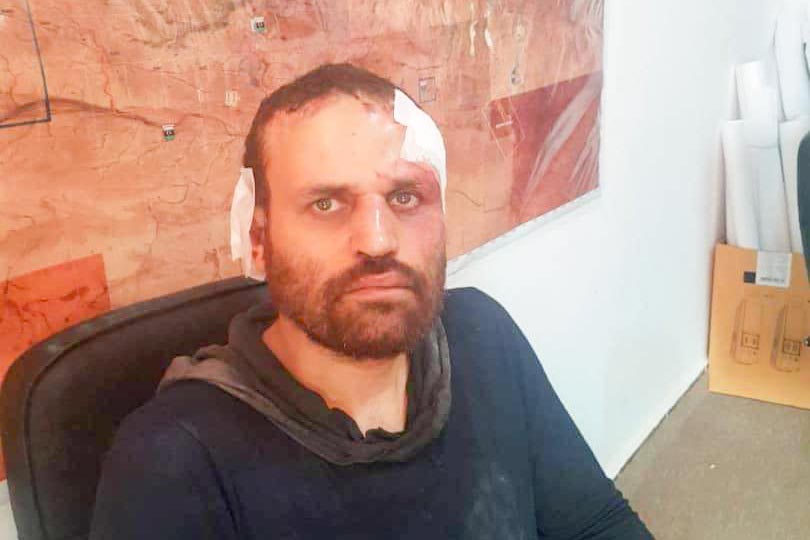
North Africa has been an arena for rivalry between the Islamic State group (IS) and its affiliates and Al-Qaeda in the Islamic Maghreb (AQIM) and its affiliates for many years. In the period prior to its military defeats in Syria and Iraq, IS’ influence in North Africa increased considerably and many factions of Al-Qaeda affiliated groups in North Africa shifted their allegiances to it. Now, with IS’s defeat, the rivalry has intensified as Al-Qaeda struggles to reassert pre-eminence in the region, like reported by ahram.org.eg.
Libya is a main front in this rivalry in its current phase which is marked by two chief developments. The first is the exodus of IS recruits from Syria and Iraq following defeats there. A significant proportion of this wave is heading to Libya along with the remaining IS leaderships who have identified the North African country as a platform for the organisation’s revival.
The second development relates to military operations being undertaken by the Libyan National Army (LNA) in eastern Libya with support from several foreign parties. The operations have delivered debilitating blows to numerous terrorist cells and militias, some of which are closely linked to certain outside powers which, by virtue of their material and ideological involvement, have become primary players in various dynamics of Libya’s domestic conflict.
In this framework, the arrest of Hisham Al-Ashmawi and his companions in the eastern Libyan city of Derna in October 2018 may mark a turning point in the history of Al-Qaeda in North Africa. The many major terrorist attacks he spearheaded during the seven years prior to his arrest were an important sign that, despite IS’ mounting influence, Al-Qaeda still prevailed in the scene of Islamist militant activity in North Africa.
Al-Ashmawi, aka Abu Omar Al-Muhajer, stands apart from other notorious terrorist leaders in North Africa in the period following the Arab uprisings in 2011. Firstly, he is a regional operator. According to publicised information, the former Egyptian special forces officer has moved between numerous terrorist organisations in the region to which he lent his expertise in the arts of combat. In the process he acquired familiarity with different types of combat terrain and conditions. After a period that experts believe he spent in Syria, he joined Ansar Beit Al-Maqdis in North Sinai. He split from this to form a new group — Al-Murabitoun — which he announced in a video recording in July 2015. Afterwards he moved to Libya where he used the area near to the border with Egypt as a base and a theatre for operations.
Secondly, he has a terrorist “school” of his own. After falling under the influence of Al-Qaeda ideology, he declared allegiance to the transnational terrorist organisation in the July 2015 video in which he announced the creation of Al-Murabitoun. This helped him attract a number of individuals who became his close associates, such as Safwat Zeidan, Bahaa Ali, Omar Sorour and Marei Zegheiba. This was also a time when the depth of IS’ savagery had even begun to appal some other jihadists for whom Al-Qaeda and its affiliates became the more palatable alternative. Al-Ashmawi, was therefore, able to recruit significant numbers of Egyptian, Libyan and other Arab fighters, some with military backgrounds, like himself, others of whom had belonged to other terrorist groups active in Libya and the vicinity.
Thirdly, Al-Ashmawi extended his reach beyond Al-Murabitoun by helping to create other groups linked to his in some way. Some of these operated outside Libya, but continued to subscribe to his outlooks and methods. An example is the Libyan terrorist Abdel-Rahim Al-Mismari who had tried to infiltrate Upper Egypt in 2016 with the purpose of forming an Al-Qaeda cell called Ansar Al-Islam and whom Egyptian security forces arrested in the course of the Eastern Oasis operation in October 2017. Al-Mismari relates that he was recruited by Sheikh Hatem, which is the nom de guerre of Emad Abdel-Hamid, Hisham Al-Ashmawi’s righthand man.
With such a background and with such unique characteristics, Al-Ashmawi can rightly be described as a particularly “precious catch” in the LNA’s counterterrorism campaigns. In May 2019, Egyptian authorities received custody of this long-wanted terrorist who is an invaluable storehouse of secrets about Al-Qaeda in North Africa and other terrorist groups and militias in Libya, in particular.
Experts believe that, in light of the foregoing developments, Al-Qaeda’s franchises in Libya, Algeria, Egypt and other parts of North Africa are scrambling to strengthen and reorder their ranks in order to bolster their resilience against the intensive counterterrorist operations in these regions. Towards this end, they must be working to attract as many IS returnees as possible. Most likely, too, the attacks they carry out in Libya and in neighbouring countries will be more tactically sophisticated than before and less influenced by the complexities of the domestic conflicts in the countries in which they operate.


